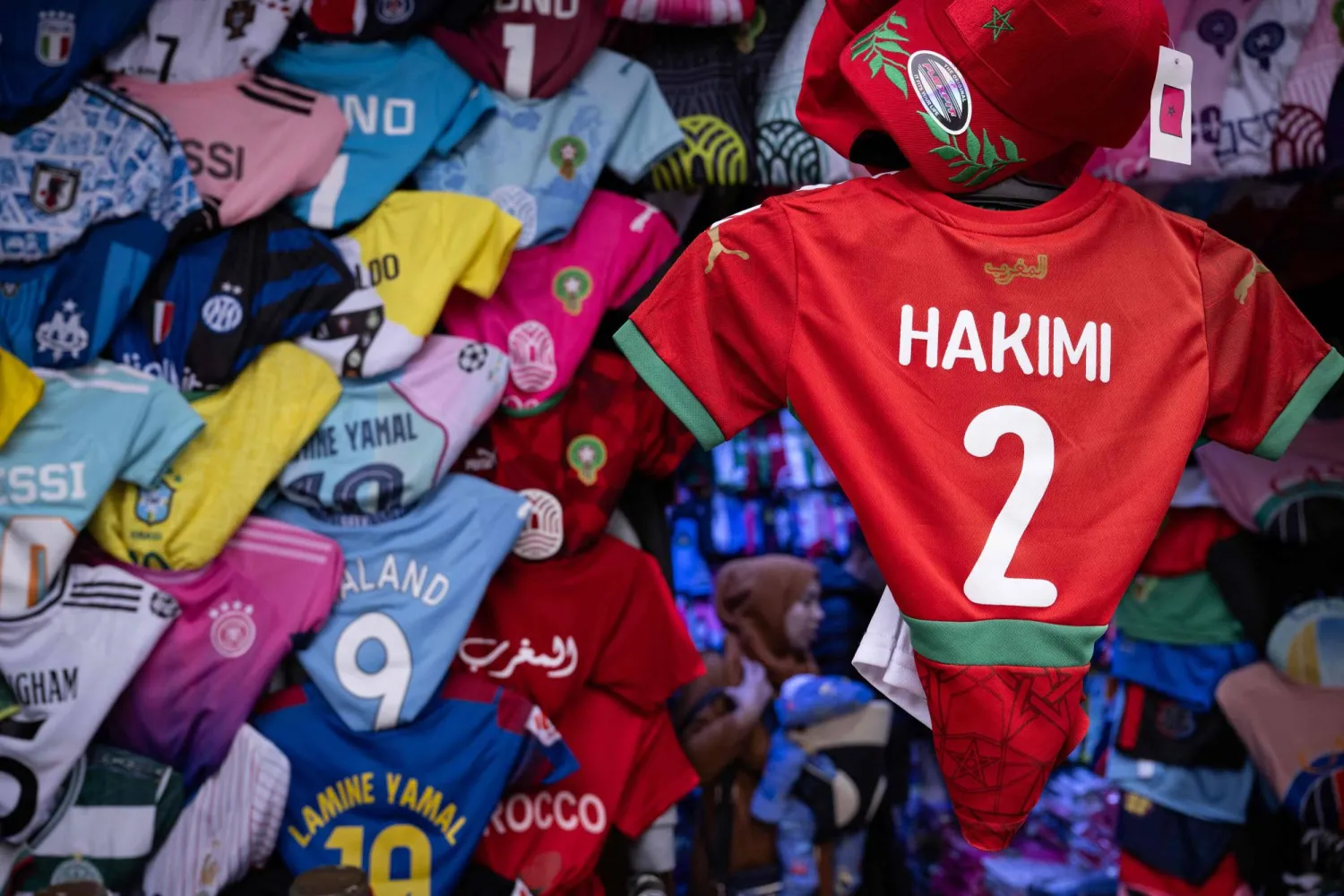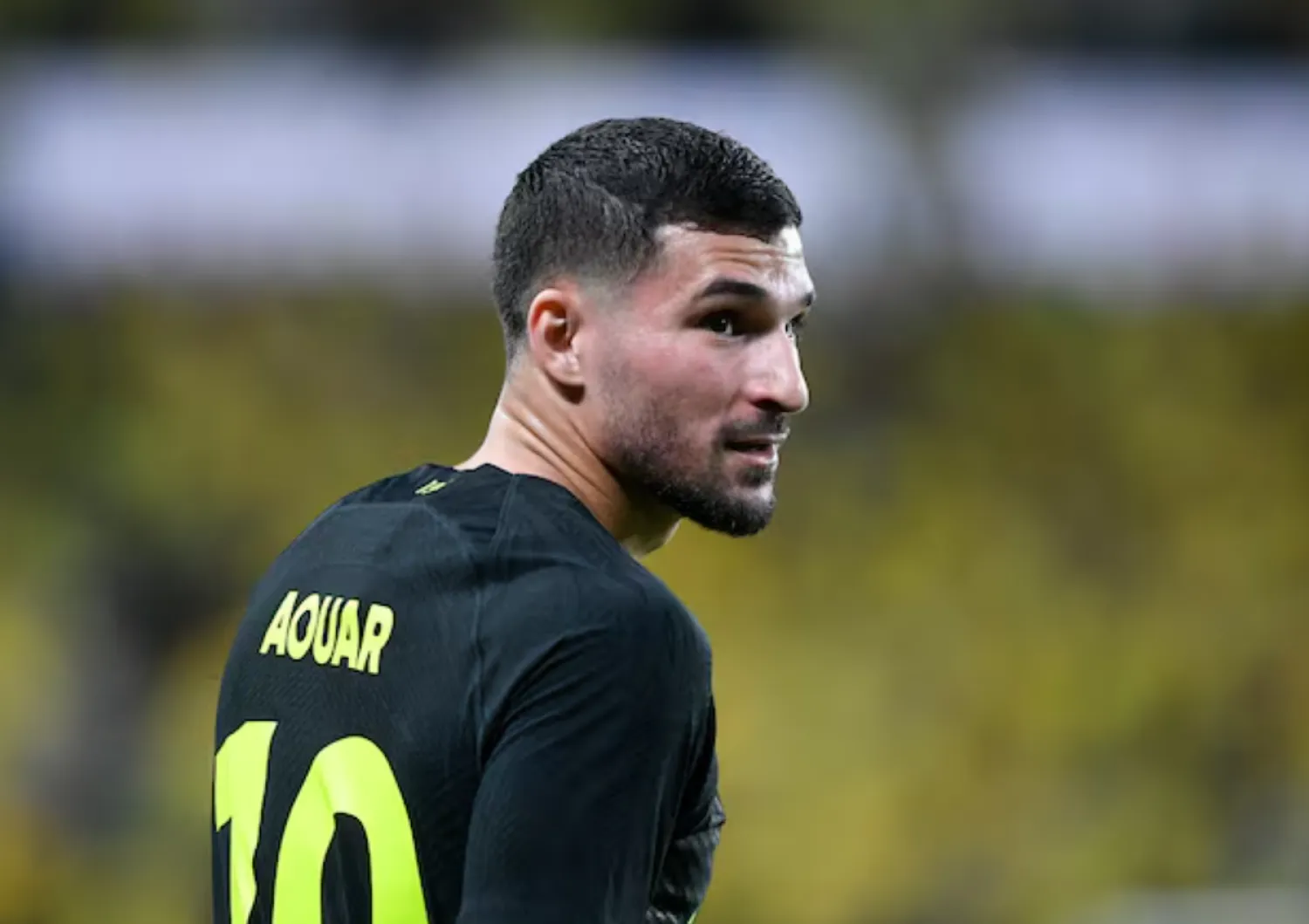Jürgen Klopp is too busy, bothered and generally bad-tempered these days to play silly games with selection just to prove a point. So it cannot be the case that he left Roberto Firmino on the bench for more than an hour against Ajax in an attempt to demonstrate exactly what it is he brings to the team that so many others seem unable to see.
Nevertheless, for just about an hour at Anfield, that was what it looked like. Until a callow mistake by the visiting goalkeeper André Onana gifted Curtis Jones a neatly taken winner, Liverpool were, unusually, almost unrecognizably blunt. Even with free-scoring Diogo Jota on the pitch, the front three were not linking with their usual panache, or causing the Ajax defense many problems they could not handle.
Jones himself appeared the player most likely to take advantage of the visitors’ confident-bordering-on-casual organisation and distribution at the back, bringing an early save from Onana before hitting an upright with a crisply struck shot, but as European nights at Anfield go this would have been on the quieter side even with a crowd in attendance. Mohamed Salah and Sadio Mané were isolated and occasional threats, nothing like the swaggering menaces the leading sides in Europe have come to expect, and in terms of goal threat the most dangerous player on the pitch for a long time took the unlikely form of Davy Klaassen, formerly of the parish across the park, who got into great positions for three free headers but managed to make a mess of all of them.
None of which will worry Klopp unduly, he has well-documented injury problems and was pleased to secure qualification early with this result and survive 90 minutes without seeing anyone else carted off crocked, but it was sporting of him to send Firmino on for the last 20 minutes with his side in the lead and Ajax beginning to take risks in chasing the game.
It would be pleasant to report that the Brazilian came on and transformed the evening into a magical occasion, though Anfield is not quite its usual fairytale factory at the moment, despite what Klopp said at the end. What Firmino did do was come on and play his normal game. Not overtly spectacular or swashbuckling, but enough to show what his manager sees in him and add a little style to an otherwise subdued evening.
Where Firmino turned up first was deep in his own half, where he made the ball his own, powered past three Ajax midfielders and attempted to release Mané with a precise 40-yard pass. Had he been able to control the ball properly, a decent first touch would have seen him bearing down on goal, but the Senegal forward could not get his feet in quite the right position and Ajax were reprieved. Minutes later Firmino himself had a chance, bursting into the penalty area at exactly the right time but failing to beat Onana when scoring looked easier.
Finishing has not always been a strong point, especially this season, though in the context of the game this was one of the few clear front-of-goal openings Liverpool created, even if it was not accepted. Firmino set up another opportunity for Salah before the end of the game, and finished his shift in his own penalty area, heading clear from the corner that followed Caoimhín Kelleher’s save from Klaas-Jan Huntelaar. Considering he was on the pitch for just 22 minutes, it was quite an impressive cameo. Even in such a short space of time, Firmino was able to cover most areas of the pitch and form productive links with teammates. Klopp keeps saying he should not have to explain what his forward brings to the team and this was certainly an indication that Firmino can speak for himself on the pitch.
Klopp went on to say it was one of the biggest Champions League nights he has witnessed at Anfield and one of the most exceptional victories. Outrageous hyperbole if you like, given the sort of stunning occasions served up at the stadium even in the past five years, though perhaps the manager had a point when he claimed that the absence of fans makes it more difficult than usual. “It might not have been an obvious moment of the year for us,” Klopp explained. “But with no supporters, a lot of injuries and a number of kids on the pitch I thought we did incredibly well in the circumstances.”
The Guardian Sport









